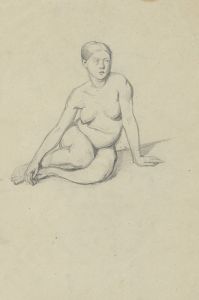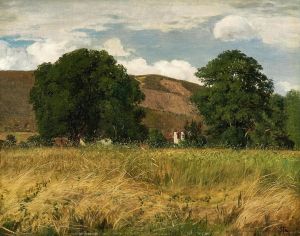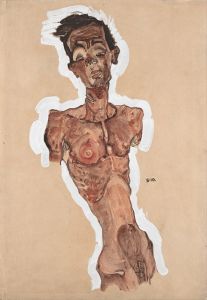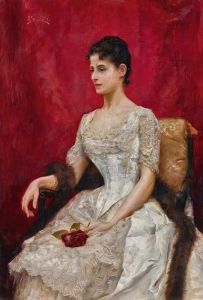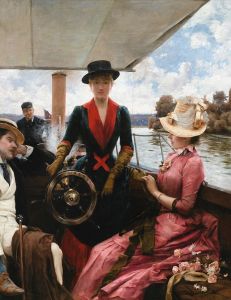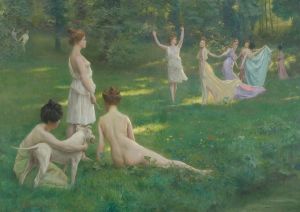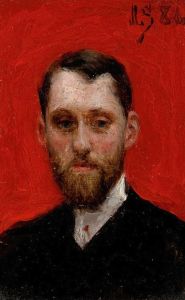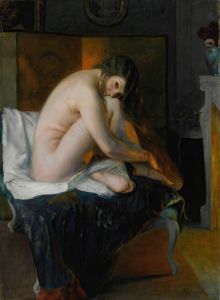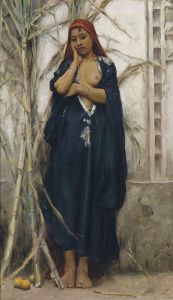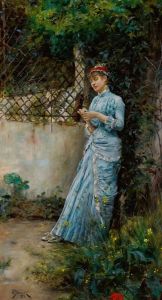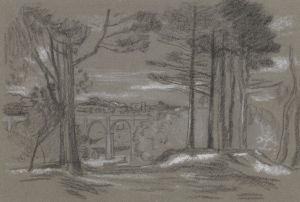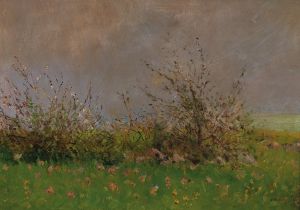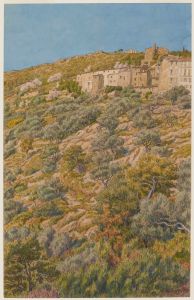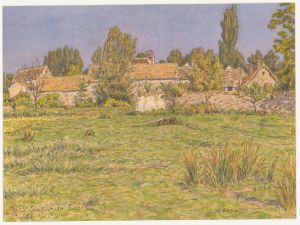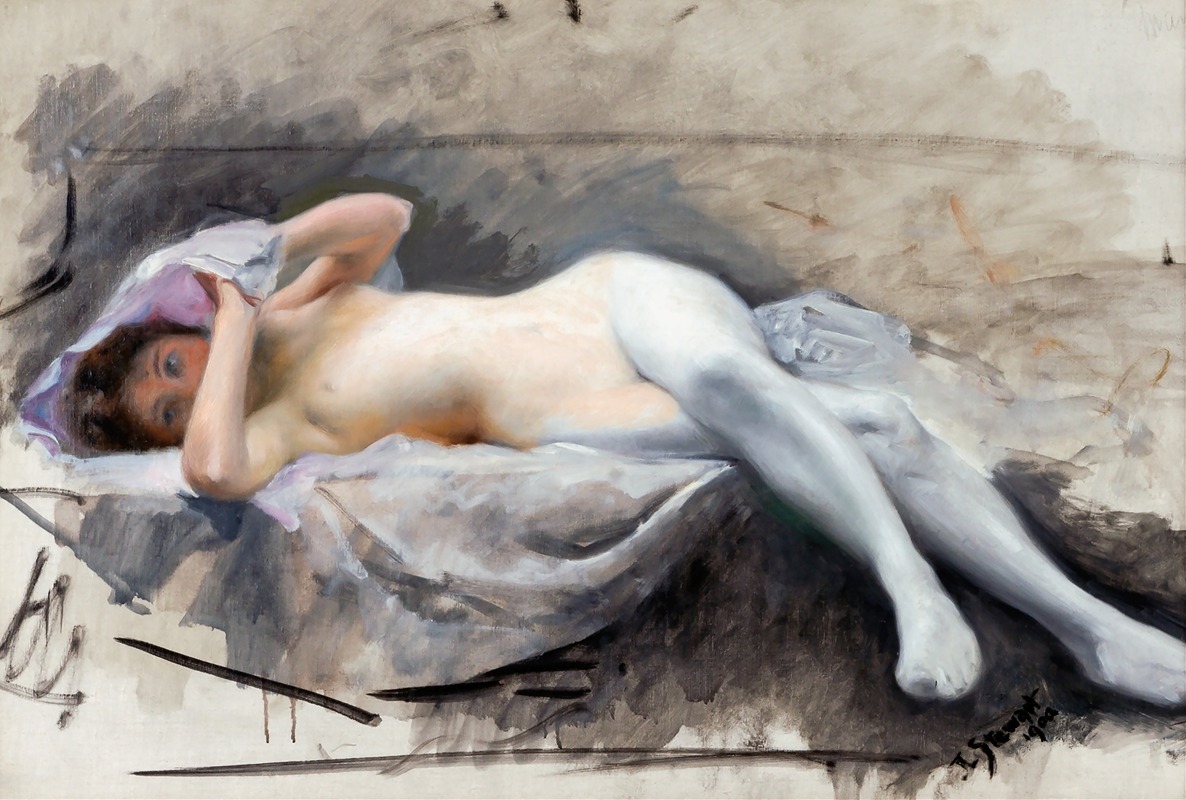
Reclining Nude
A hand-painted replica of Julius Leblanc Stewart’s masterpiece Reclining Nude, meticulously crafted by professional artists to capture the true essence of the original. Each piece is created with museum-quality canvas and rare mineral pigments, carefully painted by experienced artists with delicate brushstrokes and rich, layered colors to perfectly recreate the texture of the original artwork. Unlike machine-printed reproductions, this hand-painted version brings the painting to life, infused with the artist’s emotions and skill in every stroke. Whether for personal collection or home decoration, it instantly elevates the artistic atmosphere of any space.
Julius LeBlanc Stewart was an American artist known for his luxurious and detailed paintings, often depicting the opulent lifestyle of the late 19th and early 20th centuries. Born in Philadelphia in 1855, Stewart spent much of his life in Paris, where he became associated with the American expatriate community and the broader European art scene. He was a contemporary of John Singer Sargent and was influenced by the Impressionists, although his style remained more aligned with academic realism.
"Reclining Nude" is one of Stewart's works that exemplifies his skill in capturing the human form with a sense of elegance and intimacy. While specific details about this particular painting are scarce, Stewart's nudes often reflect the influence of both classical traditions and the modern sensibilities of his time. His works are characterized by their meticulous attention to detail, rich textures, and the use of light to enhance the sensuality and realism of the subject.
Stewart's nudes, including "Reclining Nude," are typically set in luxurious interiors or idyllic landscapes, emphasizing the beauty and grace of the human body. His approach to the nude was both respectful and celebratory, focusing on the aesthetic qualities of the form rather than any overt eroticism. This aligns with the broader trends in late 19th-century art, where the nude was a popular subject that allowed artists to explore themes of beauty, nature, and the human experience.
The painting "Reclining Nude" would likely have been created during Stewart's mature period, when he was fully established as a painter of society portraits and genre scenes. His works from this time often reflect the wealth and sophistication of his patrons, many of whom were part of the American and European elite. Stewart's ability to capture the nuances of light and shadow, as well as his keen eye for detail, made him a sought-after artist for portraits and other commissioned works.
Stewart exhibited his works at the Paris Salon and other prestigious venues, gaining recognition for his technical skill and the elegance of his compositions. His paintings, including his nudes, were well-received by critics and collectors alike, contributing to his reputation as a leading figure in the art world of his time.
While "Reclining Nude" may not be as widely known as some of Stewart's other works, it remains an important example of his contribution to the genre of the nude in art. His ability to blend traditional techniques with a modern sensibility allowed him to create works that were both timeless and reflective of the cultural milieu in which he lived.
Overall, Julius LeBlanc Stewart's "Reclining Nude" is a testament to his mastery of the human form and his ability to convey a sense of beauty and elegance through his art. His works continue to be appreciated for their technical excellence and their insight into the society of his era.





